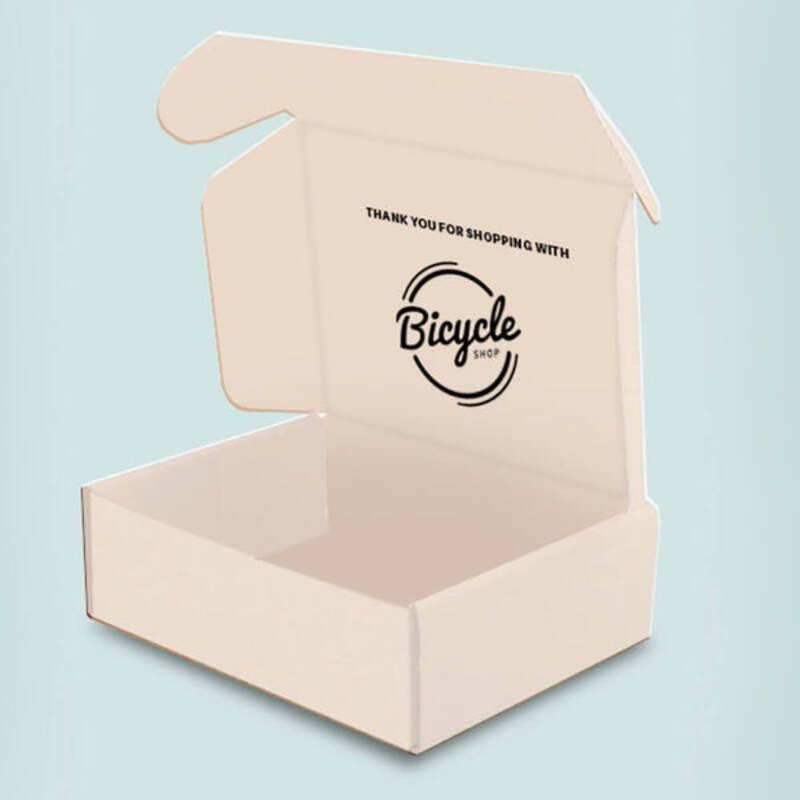The Humble Cardboard Box More Than Just Packaging
In an age of rapid technological advancement and digital communication, it may seem trivial to highlight an everyday object the cardboard box. Often overlooked, this unassuming container is a fundamental element of our daily lives, serving various functions that extend well beyond mere packaging. From shipping goods across the globe to providing essential storage solutions at home, cardboard boxes play a vital role in both our personal and professional lives.
At its core, a cardboard box is designed for protection and transportation. Made from a material that is both lightweight and durable, the box can shield its contents from external elements like moisture, dust, and physical damage during transit. On a global scale, the cardboard box is responsible for facilitating trade. According to industry statistics, around 90% of the world’s goods are transported in cardboard boxes. This simple invention has made logistics and distribution more efficient, contributing significantly to the growth of e-commerce. Orders that once had to be physically fetched from a store can now be delivered right to your doorstep, all thanks to the reliability of a good cardboard box.
Furthermore, cardboard boxes embody the principles of sustainability and recycling. As concerns about environmental issues grow, many companies have started to adopt eco-friendly practices, with cardboard packaging at the forefront. Most cardboard is made from recycled materials and is itself recyclable, providing a circular economy solution that minimizes waste. This not only reduces the strain on landfills but also conserves resources and energy. Consumers are increasingly drawn to brands that prioritize environmentally friendly packaging, and cardboard boxes have become synonymous with this green movement.
cardboard box

Beyond their functional attributes, cardboard boxes foster creativity. They are often employed as building blocks in imaginative play, especially for children. Countless forts, castles, and imaginative worlds have emerged from the repurposing of cardboard boxes, capturing the essence of creativity that is innate to human nature. In educational settings, teachers use cardboard boxes for hands-on projects, encouraging students to design, build, and explore, which can enhance learning outcomes in a dynamic way.
In homes, cardboard boxes serve as optimal storage solutions. They can help organize items, declutter living spaces, and even serve as a temporary home for seasonal decorations. Creative individuals can transform these boxes into visually appealing storage options, using paint, fabric, or other craft materials to customize them for aesthetic purposes. This transformation of a utilitarian object into a beautiful piece of home decor reflects the versatility of cardboard boxes and their place in our lives.
Moreover, the role of cardboard boxes has been amplified during significant global events, such as the COVID-19 pandemic. As online shopping surged due to lockdowns and social distancing measures, the demand for cardboard packaging soared. This led to unprecedented pressure on production facilities and supply chains. The cardboard box became a symbol of connection, representing not only the acquisition of goods but also the resilience of industries that adapt to changing circumstances.
In conclusion, the cardboard box is far more than a simple packaging item. It is an essential tool in our economy, a sustainable choice that benefits the planet, a catalyst for creativity, and a fundamental aspect of day-to-day organization. As we continue to innovate and adapt in a changing world, we must not forget the significance of the humble cardboard box and the multitude of roles it plays in our lives.



